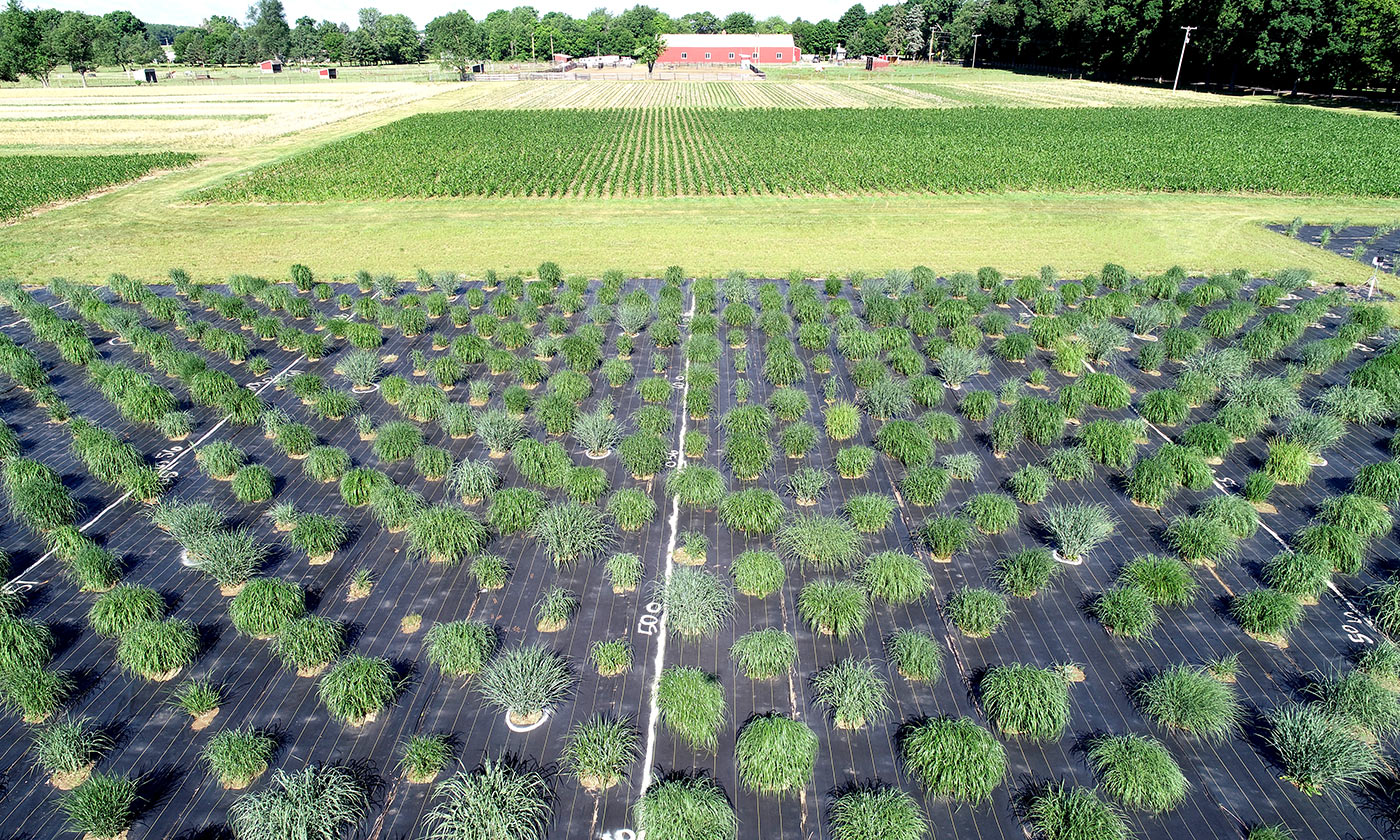Dr. Alina Zare and the Machine Sensing Lab are part of team working to engineer a more powerful biofuel—using switchgrass, a fast-growing perennial native to the U.S. The nine-university team is led by the University of Texas at Austin’s College of Natural Sciences.
As the UT Austin website describes, the project
[Is] part of new project from the U.S. Department of Energy. In nature, switchgrass sequesters carbon underground in its roots, produces cellulose that can be used to make ethanol and typically grows in soils that are unsuitable for food crops — all characteristics that make it a great candidate for biofuel. Current biofuels come primarily from agricultural crops or feedstocks such as corn, and that fact is part of the reason they can meet only a small fraction of domestic energy demands.
Efforts such as this multi-university project are aiming to develop switchgrass strains which would be more efficient when converted to biofuel, while enhancing the carbon sequestration characteristics of the plant.
What’s all of this got to do with electrical engineering? Dr. Zare will be providing her expertise in hyperspectral image analysis to enable non-destructive comparison of the root systems of the various strains while they are growing in the fields. This is done in two ways. Data is collected from Unmanned Aerial Vehicles (UAVs) equipped with hyperspectral imaging systems. Data is also collected from minirhizotron systems—durable, transparent tubes installed in the ground which allow a lightweight cylindrical imaging device to be lowered down into the tubes, adjacent to the root systems. Combining the data and applying novel machine learning algorithms allows Zare to ‘visualize’ root systems without destroying the plants. Access to this kind of data and analysis through the use of AI will speed the process of determining which strains of the switchgrass are the most suitable for further development.
Read the full UT at Austin article on their website.

